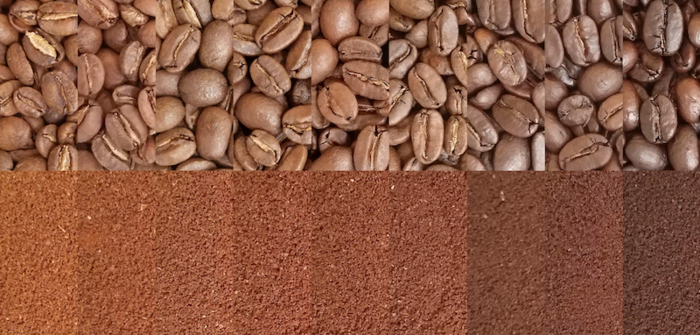
Today I noticed that my mother's recipe for cranberry orange scones never bothers to include in the directions adding the cranberries. I was sleep baking so only realized this about 2 minutes after putting them in the oven, which is late enough that there's really no saving them and I just needed to start over on those.
Today's coffee is a medium roast (by which I mean roasted just into the start of 2nd crack) natural pacamara from El Salvador which has a bit of flavor reminiscent of eating the ripe fruit from a coffee plant. Interestingly, I also run this coffee out to a very dark roast but take the end of the roast fast enough to preserve some of that flavor.
Replacement switches arrived today so I'll be staying a little late at work to install those. I got two because in addition to the switch that exploded there's another one that is about to explode but just got swapped for a good switch on a function that never gets used, so I'll replace both of those.
Talking with the other person who roasts coffee regularly, we both picked up on a thing that we didn't like about using #1 (already a big improvement over not using either) without #2 and introducing #2 seems to have made the issue go away entirely and since the whole system is running fast enough, the measurement lag isn't discernible.
Obviously the various parameters need to be adjustable as this sort of thing tends to need to be tunable to the specific roasting system and measurement hardware in use.
The new filter worked better than I expected in a live data situation. This combines two ideas:
1. Sample the data as fast as possible and periodically solve at a slower rate a more regular linear regression as of the current timestamp with all measurements since the last time that happened.
2. Combine this result with an exponentially weighted moving average. I set an alpha of 0.34 based on messing around in a spreadsheet.
This turns out to be a very nice improvement.
Going to try out a new measurement filter at the coffee roaster. The hardware that I'm using isn't quite as nice as what I used to have there (which is no longer supported on anything other than Windows and maybe in theory some very specific but obsolete version of Linux/distro) but the sample rate is high enough that I can apply statistics to the problem. Did a test run in a spreadsheet to work out starting parameters, but I'll feel better seeing if it works live.
- Software
- https://typica.us
- Send Money
- https://typica.us/payment.html
Author of Typica software for coffee roasters.
